Nebbiolo (Nay-bee-OH-lo) is a native Italian variety cultivated in the northern regions, whose name derives from the word “Nebbia” which is Italian for fog. This grape type creates exceptional wines, characterised by great finesse and extraordinary ageing capacity. It reaches its best expressions in the southern part of Piedmont, where it produces some of the finest and most prestigious Italian wines: Barolo and Barbaresco.
Primary Flavors
Burnt toast
Black pepper
Violet
Cherry
Red forest berries
Liquorice
Black pepper
Grape Profile
TANNIN: Noticeably Firm, Structured
ACIDITY: High Acidity, Tangy and Crisp
BODY: Rich, Smooth, and Layered
SUGAR: Completely Dry, No Residual Sugar
LEVEL OF ALCOHOL: Fairly Strong (12-14%)
Handling
Serve 14-15°C
Decant 1 hours
Glass Type Burgundy Glass
Period open3-5 days
Cellar Up to 10 Years
Our Top selection
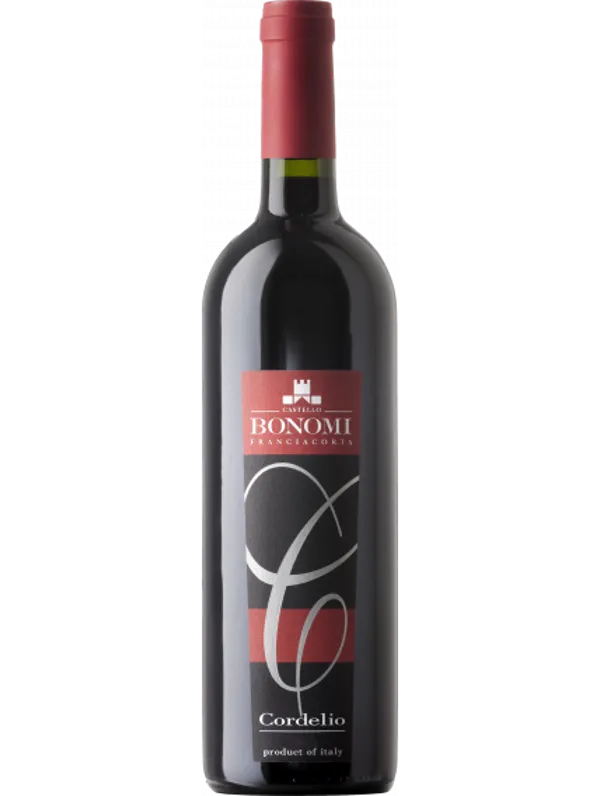
Castello Bonomi Cordelio Curtafranca
The palate unveils a silky texture, fine tannins, and a core of vibrant fruit, finished with hints of cinnamon and woodsmoke. Ideal for smoked meats and tomato-based pastas. No need to decant.
Read more
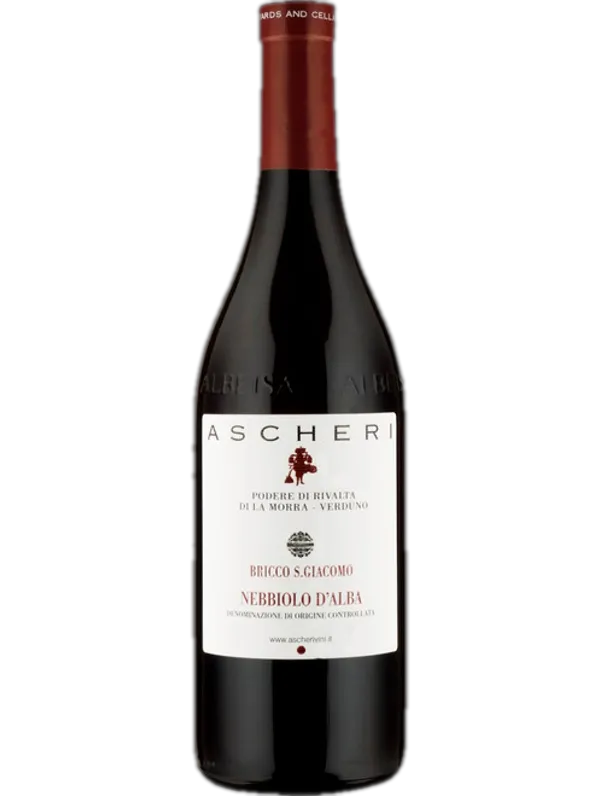
Langhe Nebbiolo DOC San Giacomo
A classy 2022 red from Piedmont with 100% Nebbiolo grapes. Ruby red with garnet glints, a bouquet of delicate violets. Velvety yet dry, harmoniously persistent.
Read more
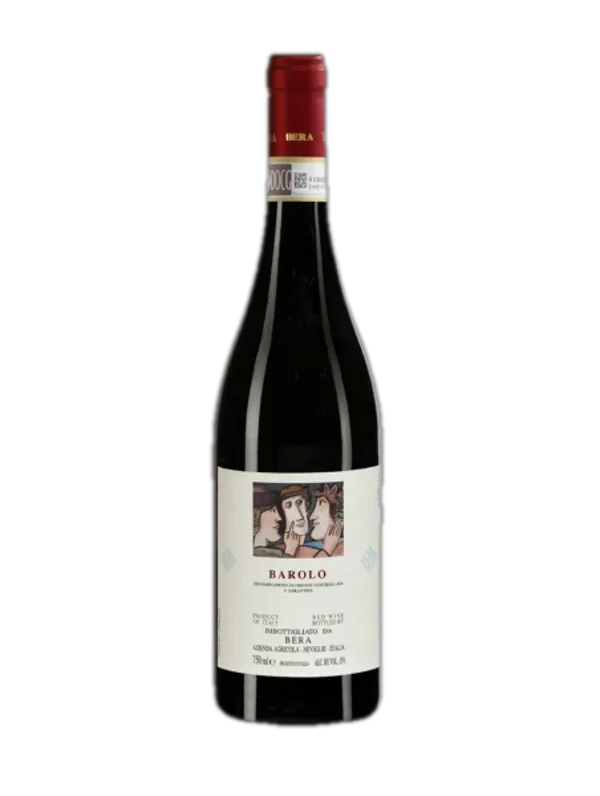
Bera Barolo
Elegant, garnet red, ethereal, spicy, vanilla and floral notes, full-bodied, well-balanced, long finish, great with game.
Read more
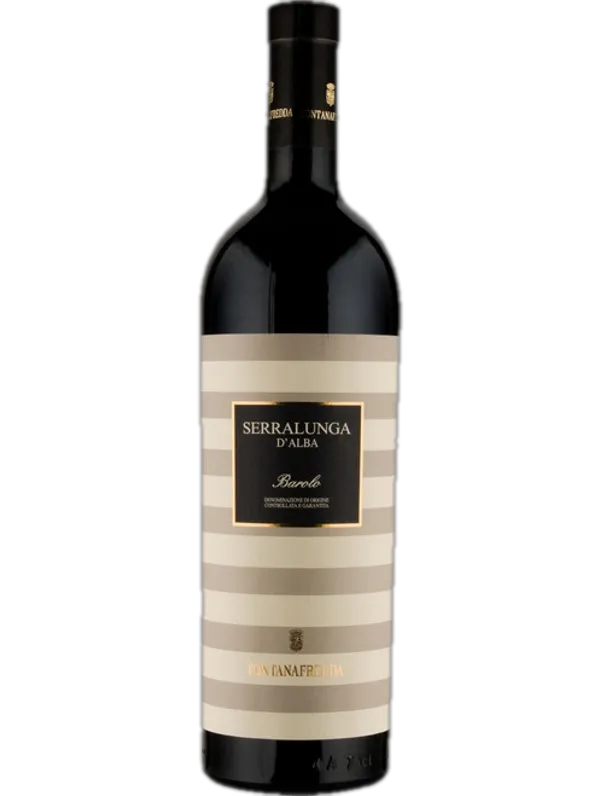
Barolo di Serralunga d'Alba DOCG
Deep red, ruby highlights, vanilla and spice, withered roses, well-balanced, lengthy complex finish.
Read more
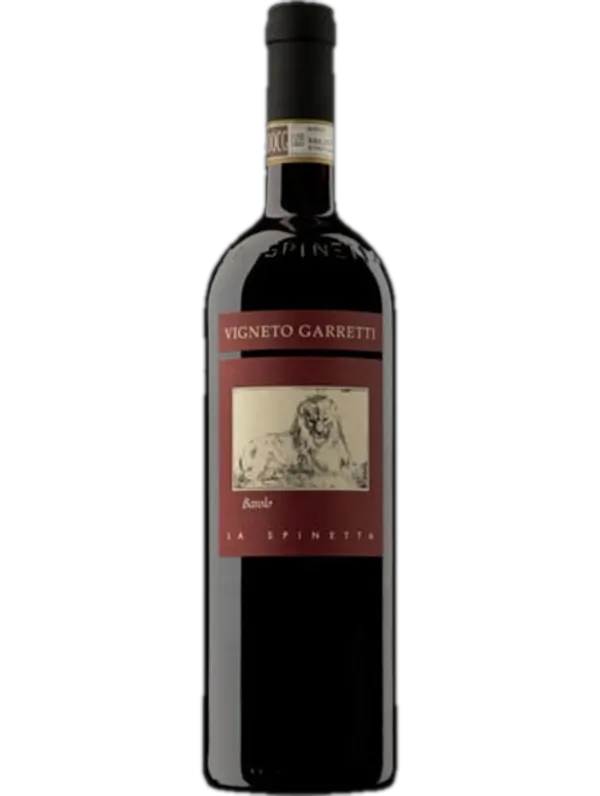
Barolo Garretti
Rosehip red, elderberry and rose petals aroma, silky texture, spiced fruit, subtle tannins for immediate enjoyment.
Read more
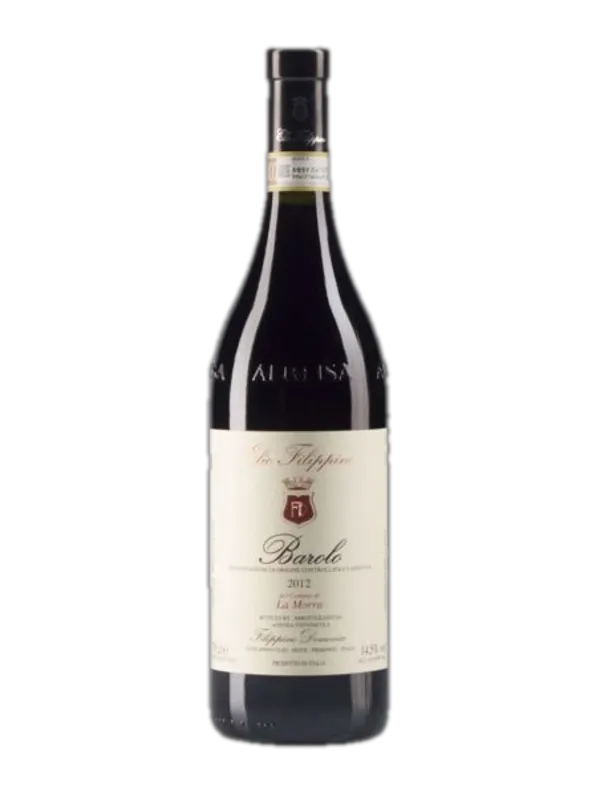
Elio Filippino Barolo la Morra
Harmonious blend of red rose, raspberry, and vanilla; elegantly structured for long-term aging.
Read more
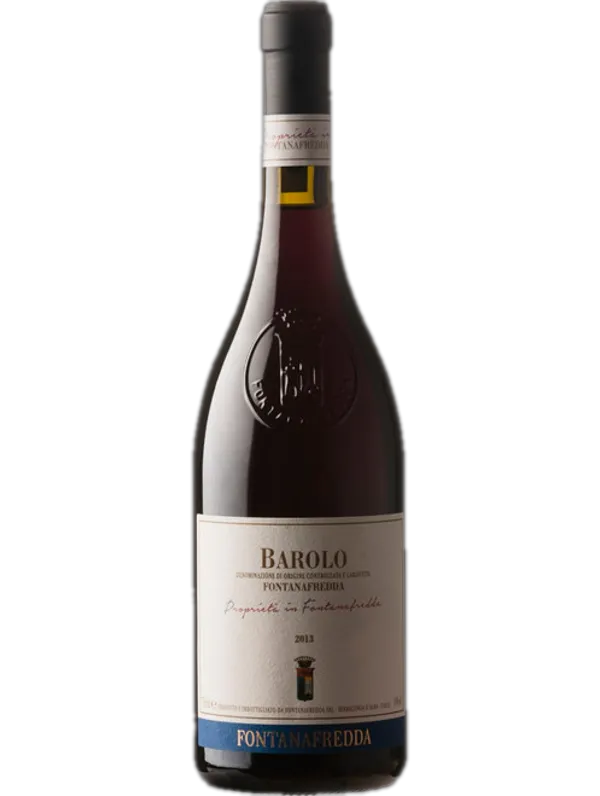
Barolo Proprietà Fontanafredda
Elegant, deep red, featuring velvety tannins and a balanced, full-bodied Piedmont essence.
Read more
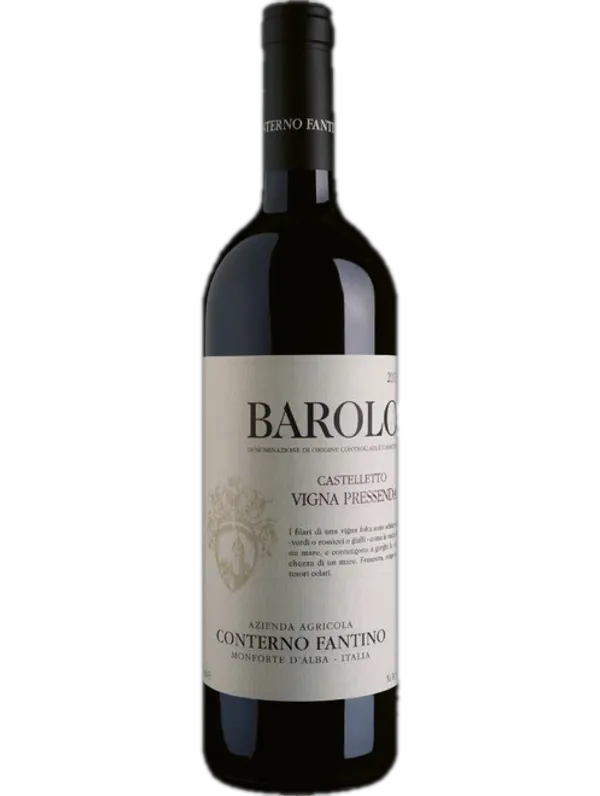
Barolo Castelletto Vigna Pressenda
A robust Piedmont Nebbiolo with rich, complex flavors and a smooth finish.
Read more
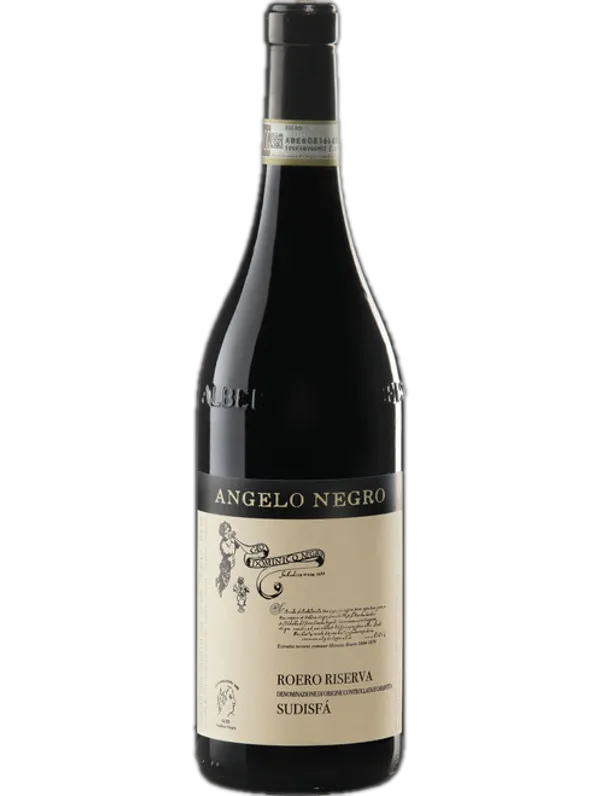
Sudisfa Roero Nebbiolo
Rich, complex, ripe raisin, blackberry, cassis. Mature, perfect with rich meats.
Read more
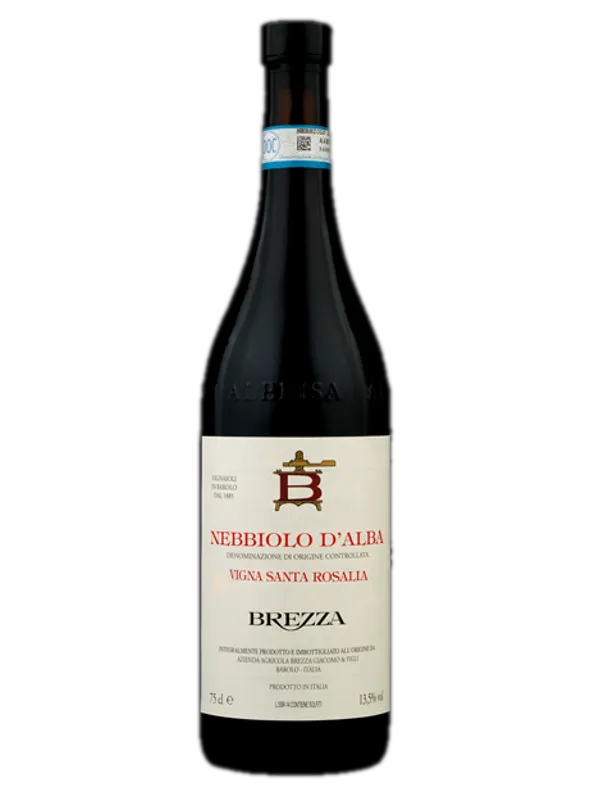
Brezza, Vigna Santa Rosalia, Nebbiolo d'Alba
Pale, perfumed, berried fruit, roses, violets, subtle earthy and leathery nuances.
Read more
Nebbiolo Regions
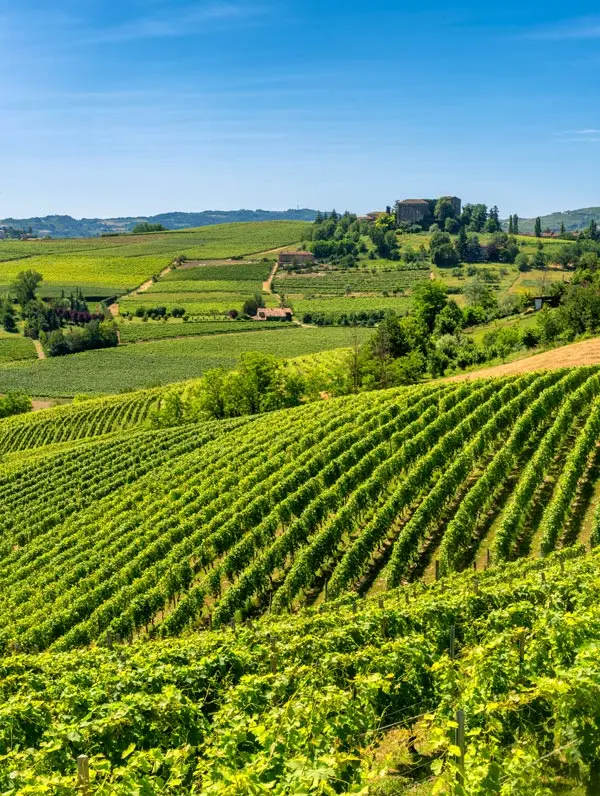
Piedmont
Piedmont is a historic winemaking region well worth visiting when exploring Italian wine.
Read more
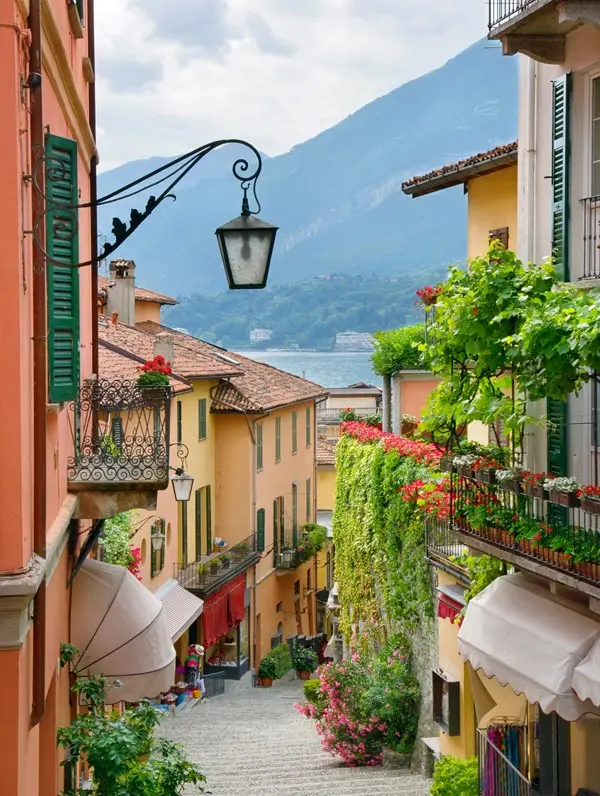
Lombardy
The diverse Lombardy terroir is characterised by high quality wines and boasts 5 DOCGs.
Read more
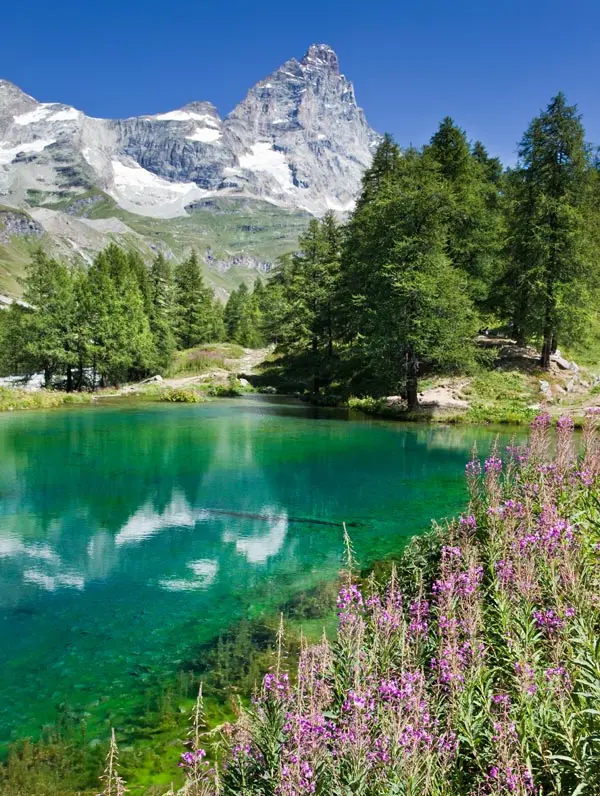
Aosta Valley
The unique climatic conditions and high altitudes of the Valle d’Aosta produce fresh, mineral wines.
Read more
Food Parings

Starter: Fried egg with black truffles
This is one of the easiest and most delicious recipes to enjoy truffles with, especially if you manage to find top quality truffles like the black diamonds of Alba. Try it with Langhe Nebbiolo

Main course: Agnolotti del plin
A Piedmontese first course, from the Langhe area, made with fresh pasta stuffed with meat and vegetables. A delicious match with a red Roero.

Second course: Beef braised in Barolo
A succulent main course that is prepared using Barolo. A rich and hearty recipe for Christmas or any special occasions.
Young nebbiolo wines go really well with pasta dishes, especially the ones seasoned with robust meat sauces, as well as boards of cured meats and hard mature cheeses. These wines are also the ideal match for some specialties based on the prestigious Alba Truffle and other delicacies typical of Piedmontese cuisine, such as ‘agnolotti del plin’.
On the other hand, Barolo or Barbaresco require more structured dishes such as meat stews or game. And for chocolate desserts choose a Barolo Chinato.
FAQS
What kind of wine is Nebbiolo?
Nebbiolo wines are strong and characterful reds with good structure and tannins. They can be a bit difficult and rough to unfamiliar mouths, but surprisingly seductive and capable of ageing for decades.
What does Nebbiolo taste like?
It is extremely difficult to generalise the taste of all Nebbiolo based wines. This grape can create wines of incomparable character with complex notes of leather, tobacco and earth such as the Barolo or Barbaresco, as well as more approachable and fruity ones such as the Langhe Nebbiolo or Nebbiolo d’Alba or the Roero.
Is Nebbiolo dry or sweet?
Nebbiolo wines are generally dry. There is one exception though, that is the Barolo Chinato, a flavored wine, such as vermouth, obtained by mixing Barolo with a solution of sugar in ethyl alcohol, to which various spices were previously put in slow maceration.
Where is Nebbiolo produced?
Nebbiolo is widespread all over Piedmont producing plenty of both DOCG and DOC wines. In Lombardy, it produces excellent red wines entering for a 90% in the blend of the red Valtellina Rosso DOC, Superiore and Sfursat DOCG.
What should I eat with Nebbiolo?
Nebbiolo wines are perfect in combination with dishes based on beef and game. They are also excellent with cold cuts and aged cheeses, but also with delicate first courses such as mushrooms risotto or rich ones such as lasagna.
Want to know it all?
Nebbiolo Primary Flavours
Nebbiolo has a crystalline, almost diaphanous appearance. It is harmonious and elegant in the mouth, with good structure, together with an important backbone of tannins and acidity that can make it age for decades. It shows a complex bouquet of aromas including violet, cherry, red forest berries, licorice and pepper.
Violet
Cherry
Red Forest Berries
Liquorice
Black Pepper
Handling of Nebbiolo
For British wine aficionados exploring the noble Nebbiolo, understanding its handling can significantly enhance the drinking experience. This esteemed grape, the star in illustrious Italian wines like Barolo and Barbaresco, requires thoughtful handling to fully express its intricate profile.
-
Serving Temperature:
Nebbiolo shines best at 14-15°C, a touch cooler than most reds. This temperature helps to accentuate the wine’s delicate aromas and robust structure, making it perfect for a cozy evening in or a sophisticated dinner party. Glass type:
Opt for a Burgundy glass when serving Nebbiolo. This glass, with its wide bowl and tapered top, is designed to capture and concentrate the complex aromas of the wine, allowing the subtleties of its bouquet to come to the forefront.Suggested time in Decanter:
Nebbiolo benefits greatly from decanting, ideally for about an hour. This breathing time helps to soften its tannins and release layers of flavours and scents. It’s a process that’s well worth the wait, especially when you’re looking to impress your guests or savour the wine's full spectrum of characteristics.Lasting period once open:
Once opened, a bottle of Nebbiolo can last for 3-5 days if re-corked and stored properly in a cool, dark place. This longevity makes it a practical choice for those who might want to enjoy a single bottle over a few nights – a common scenario in the British household where a glass with dinner is a ritual for many.Storing time in cellar:
Nebbiolo is renowned for its aging potential. In a cellar, it can be stored for up to 10 years, sometimes even longer under optimal conditions. Over time, the wine develops from its youthful fruitiness to a more rounded, complex character with earthy and floral undertones. This transformation makes Nebbiolo a fascinating choice for collectors and enthusiasts who appreciate how wines evolve over time.
In sum, handling Nebbiolo with care brings out the best in this illustrious grape, turning each sip into an exquisite exploration of Italian winemaking. For the British palate, attuned to nuance and quality, Nebbiolo offers a wine experience that is as rewarding as it is enriching.
Consumer info: A Connoisseur's Choice for the British Palate
The Nebbiolo grape, renowned for its role in producing some of Italy's most prestigious wines, such as Barolo and Barbaresco, offers a unique adventure for British wine enthusiasts. With an average price range of £10-30, Nebbiolo wines present an accessible luxury, appealing to both seasoned connoisseurs and those new to the world of fine wines.
Naturally, Nebbiolo pairs beautifully with Italian cuisine, but its versatility extends to Mexican dishes, where the wine can counterbalance the heat and spice. Additionally, certain Asian cuisines (Chinese, Thai, Indian), known for their balance of sweet, sour, and umami, can be enhanced by Nebbiolo's complex flavour profile.
-

Pasta Pairing:
Nebbiolo's high tannins and acidity make it a perfect companion for rich, fresh pasta dishes, especially those with a hearty meat filling. The robust flavors of the wine complement the savory depth of meat-stuffed pasta, creating a harmonious blend of Italian culinary traditions. 
Risotto & Rice Pairing:
A wild mushroom risotto, with its earthy and umami flavors, pairs wonderfully with Nebbiolo. The wine’s complexity and aromatic profile enhance the subtleties of the mushrooms, making for a sophisticated and warming meal, especially appreciated during the UK's cooler months.
Meat Pairing:
Younger Nebbiolo wines, with their bright fruit flavours and slightly softer tannins, are delightful with pork dishes, providing a refreshing contrast. For the more robust and tannic Barolos, game meats are an ideal match. The intense flavours of the wine stand up well to the rich and often slightly gamey taste of wild meats, a pairing that resonates with the British appreciation for game and tradition.
Fish Pairing:
While not a traditional choice, Nebbiolo can pair surprisingly well with stockfish. The wine's structure and flavour profile can complement the rich, oily nature of the fish, offering an adventurous pairing option beyond the usual white wines.
Cheese Pairing:
Nebbiolo and aged cheeses, such as Parmesan or Piedmontese Toma, are a match made in heaven. The saltiness and sharpness of the cheese are balanced by the tannic structure of the wine, making for a delightful end to a meal.
For the British wine lover, Nebbiolo offers a taste of Italy's winemaking excellence, with pairings that extend far beyond its traditional roots. Whether enjoyed with a classic Italian dish or experimented with more diverse cuisines, Nebbiolo is sure to add a touch of sophistication to any dining experience.
Wines made from Nebbiolo
Nebbiolo is a very sensitive grape that can create different types of wine depending on the specific terroir.
Nebbiolo D’Alba
Probably the most approachable and immediate nebbiolo wine, characterised by fresh fruity scents of raspberry, wild strawberry and delicate spicy notes of cinnamon and vanilla.
Barolo
The “King of wines and wine for Kings” is produced on the hills surrounding the homonymous village in Piedmont. It is harmonious and elegant, with an ethereal bouquet of red fruits that evolves into spices, leather and licorice with time. It can age almost forever!
Barbaresco
Slightly less popular and refined than Barolo but somehow more gentle and feminine. Full bodied with a dry finish of mature tannins. It ages brilliantly, but not as long as Barolo!
Sfursat di Valtellina
Its name derives from the traditional practice of ‘forcing’ (prolonging) the ripening of selected grapes by letting them dry on racks in well ventilated rooms, immediately after harvesting.
History of Nebbiolo
Nebbiolo has been recognised as a noble vine variety since the 16th century and has always been one of the main references for the Italian oenological scene.
In the last decades, two schools of thought have developed in regards to wood ageing.
Traditionalists claim that Nebbiolo wines should be produced according to the traditional long fermentation followed by three or four years of maturation in large Slavonian oak or chestnut barrels.
Modernists, instead, prefer to age these wines in French oak barrels to round off their sharp edges and to obtain a more approachable wine that retains its fruity character.
Final overview
Nebbiolo produces incredibly good wines that stand out for the elegance of their color, the finesse of their aromas, their structure and tannic texture and an outstanding ability to withstand long periods of ageing.
